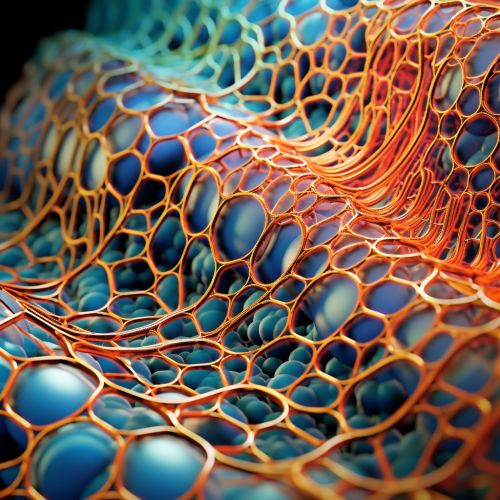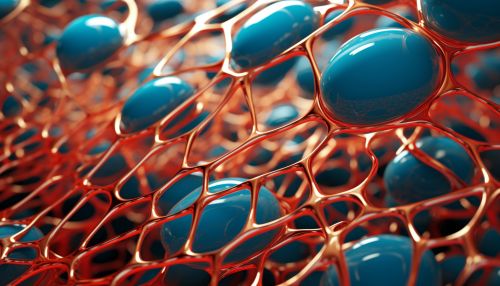Cell membrane
Structure and Composition
The cell membrane, also known as the plasma membrane, is a complex structure that forms the outer boundary of the cell, separating the intracellular components from the extracellular environment. It is composed primarily of lipids, proteins, and carbohydrates, arranged in a unique structure known as the lipid bilayer.


The lipid bilayer is a two-layered arrangement of lipid molecules, primarily phospholipids, with their hydrophilic (water-attracting) heads facing outwards and their hydrophobic (water-repelling) tails facing inwards. This arrangement is due to the amphipathic nature of the phospholipid molecules, which have both hydrophilic and hydrophobic regions. The lipid bilayer provides the basic structure of the cell membrane and acts as a barrier to the free passage of most substances into and out of the cell.
Embedded within the lipid bilayer are various proteins, which can be either integral (spanning the entire width of the membrane) or peripheral (attached to one side of the membrane). These proteins perform a wide range of functions, including transport of substances across the membrane, signal transduction, and cell adhesion.
Carbohydrates, in the form of glycoproteins and glycolipids, are also present on the outer surface of the cell membrane. These molecules play key roles in cell-cell recognition and immune responses.
Functions
The cell membrane performs several critical functions in the cell, including:
- Barrier function: The lipid bilayer acts as a selective barrier, allowing some substances to pass through while blocking others. This selective permeability is crucial for maintaining the cell's internal environment and enabling the transport of necessary substances into and out of the cell.
- Transport: Proteins embedded in the membrane facilitate the transport of substances across the membrane. This can occur through passive transport (diffusion or facilitated diffusion) or active transport, which requires energy.
- Signal transduction: Membrane proteins can act as receptors, binding to specific molecules (ligands) and triggering a cascade of intracellular events. This process is essential for the cell's ability to respond to external signals.
- Cell adhesion: The cell membrane is involved in the process of cell adhesion, which allows cells to bind to each other and to the extracellular matrix. This is important for the formation of tissues and organs, as well as for processes such as wound healing and immune responses.
Dynamics and Fluidity
The cell membrane is not a static structure, but is highly dynamic and fluid. The lipid molecules in the bilayer are not fixed in place, but can move laterally within their own layer. This fluidity allows the membrane to change shape and to self-seal if damaged.
Proteins within the membrane can also move, although their mobility is often restricted by their interactions with the cytoskeleton or extracellular matrix. The fluidity of the membrane is crucial for its function, as it allows proteins to diffuse within the membrane and to interact with each other as needed.
Membrane Domains
Within the cell membrane, there are specialized regions known as membrane domains. These domains, which include lipid rafts and caveolae, are characterized by a distinct lipid and protein composition and perform specific functions.
Lipid rafts are small, dynamic domains enriched in cholesterol and sphingolipids. They serve as platforms for the assembly of signaling complexes and are involved in processes such as signal transduction and membrane trafficking.
Caveolae, on the other hand, are small, flask-shaped invaginations of the plasma membrane that are rich in a protein called caveolin. Caveolae are involved in various cellular processes, including endocytosis, signal transduction, and lipid regulation.
